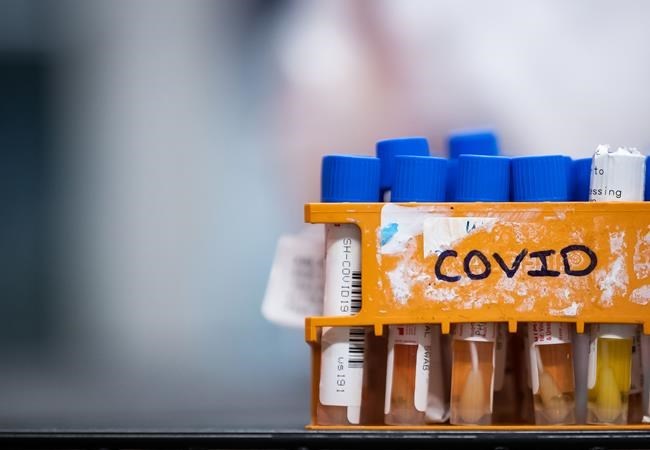Every known human culture from every era in every part of the world has told stories.
We use stories to foster co-operation and teach social norms. We tell them to pass along information, culture and beliefs, and to instill social expectations.
Stories come in tidy, manageable packages. They have a beginning, a middle, and an end. They provide, within their limited scope, clarity, predictability, and a sense of control and certainty.
In other words, they’re not real life. That might be part of their appeal.
We, with our big, thinking brains, crave certainty.
All times are uncertain, but Life-under-COVID-19 seems to be uncertainty-on-steroids.
People need to feel as if they have some control over their lives.
Government-decreed restrictions because of COVID-19 have overturned daily life and our sense of control. Rules made by others determine who and how many can gather together to do what when, where and how.
People thrive under a degree of predictability.
Routine has been upended in recent months. Businesses and schools have recently started to reopen, but we’ve been warned that if COVID-19 infections rates increase in our community at any time, we could all be retreating to Phase 2 or 1 restrictions. For all our contingency planning, how can we predict if, when, where and how the virus may strike again?
We’re not characters in a novel, sweeping along a familiar narrative arc. We’re people dealing withmessy life.
Life is unpredictable. It’s uncertain and wayward.
We’ve seen that play out with COVID-19.
At first, we were told the virus sweeping through Wuhan, China, was no threat to Canadians. A few months later, the virus has infected at least 100,000 Canadians, killing 8,500 of them.
In February, travellers to B.C. from Wuhan and Iran were asked to self-isolate for two weeks. Then, in March, all travellers to B.C. from outside Canada were required to self-isolate, and the Canada-U.S. was closed to non-essential travel. Months later, we found that strains traced to Europe and Eastern Canada are by far the largest source of infections in B.C., while a strain traced to Washington state was linked to many cases in our seniors’ homes.
At first we were told COVID-19 symptoms were coughing, sneezing, fever, headaches, aches and pains. Possible symptoms now include loss of smell and taste, pink eye, rashes, frostbite-like blisters and lesions on the hands and feet, stroke … and even no symptoms at all.
We now know the virus affects different people differently, depending on underlying health conditions, age and gender.
We were told wearing masks in public wouldn’t help slow the virus’s spread. Now we’re encouraged to wear masks whenever physicaldistancing isn’t possible.
It’s not even clear what species the virus originated from and what animals may have been intermediaries on its journey to infect humans — pangolins, bats, and even stray dogs have been suggested. Bats seem to be the current favourite source, but next month, evidence may point to another animal.
The list of changing information, unknowns and uncertainties goes on.
The COVID-19 virus is new to humans. We didn’t know it existed a year ago. Every day scientists unravel a little bit more about it and how our bodies react to it.
No wonder the pendulum of information seems to swing back and forth.
That is Life.
It’s science, too. Scientists know that nothing they know or think they know is certain. Research hypotheses are questions that a study seeks to answer, but sometimes all that results are more questions. Theories are explanations for how things work that are tested again and again. But even if all the test results and evidence support the theory, uncertainty remains. Even theories we take for granted — gravity, for example — are considered merely the best possible explanations given current understanding.
Science, like Life, always includes a disclaimer.
The only certainty we have is that life is changeable, unpredictable, and uncertain. We are not characters living a tidy plotline. If we can accept that, we may find it easier to dealwith the rapidly changing COVID-19 narrative.



